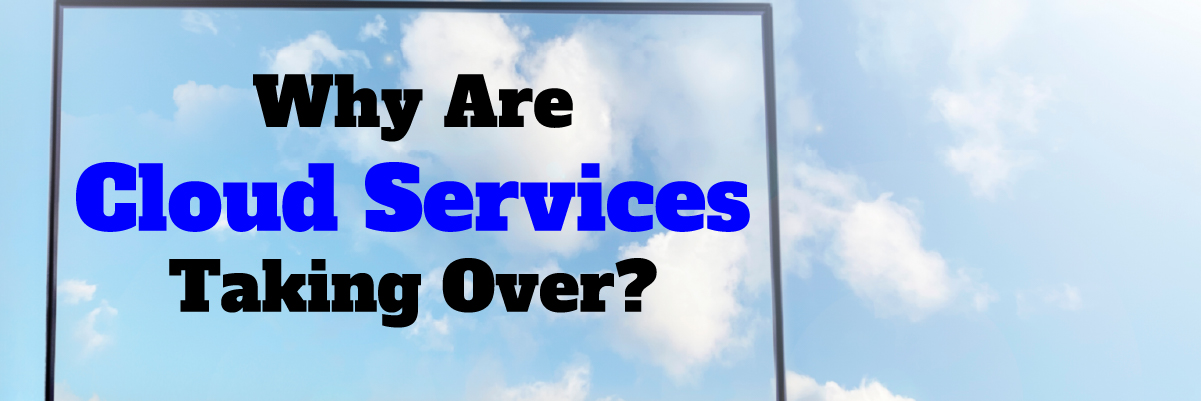Cyberattacks Against Law Firms
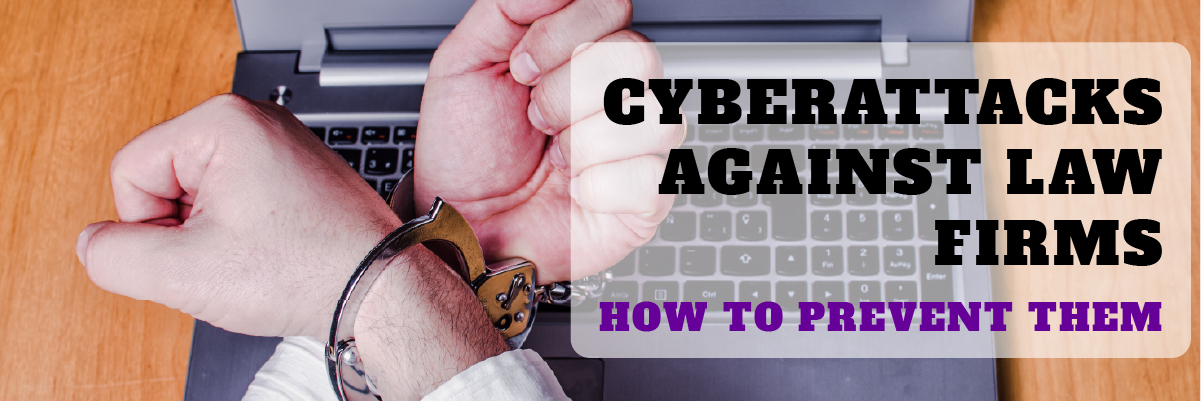
Cyberattacks Against Law Firms
What You Need to Know and How to Prevent Them
As the intensity of cyberattacks against businesses continues to rise, law firms have become one of the cyber criminals’ prime targets. Since law firms manage some of the most confidential data for their clients and have access to an extensive network of potential new clients, they have become far more vulnerable than other businesses.
In response to the increasing frequency and scope of cyberattacks against law firms, cybersecurity and managed services provider Protected Harbor has launched a new security awareness program titled, “Cyberattacks Against Law Firms and How to Prevent Them.”
The program consists of two resources: an e-book featuring the top law firm hacks throughout history as well as a whitepaper detailing the cyberattacks against law firms’ and what their trends and threats are. Both versions are free to download!
Now, we will discuss a little bit of background on cyberattacks against law firms and a few quick, various ways you can reduce your organization’s risk to getting attacked.
Background on Law Firms and Why They Are Such a Target
Poor cybersecurity is now one of the most significant hazards a legal business can encounter and is no longer only a concern for technology. Major law companies in the US have recently suffered catastrophic cybersecurity breaches that has cost them millions of dollars. Cybersecurity is not just the responsibility of the IT department, it’s instead something that must be covered within the company’s overall policies for utilizing technology within the business or in its services.
A lot goes into cybersecurity, and some businesses are too small to get the complete expertise of IT professionals. Due to the expenditures, medium and big businesses may put off planning for cyber-attacks or assume they won’t be affected which in turn is a huge mistake.
Until recently, law companies were seen as primarily analog in nature. The risk of a cyber breach was typically minimized by attorneys and staff manually tracking client and firm information. But, as businesses embrace innovation and clients want more technologically sophisticated communications and strategies, law firms have made the switch to a more technologically advanced environment and are now more vulnerable to cyberattacks than they were previously.
Law firms, in particular, are viewed as attractive targets for hackers, with numerous high-profile attacks being covered in the media. According to a recent study by the American Bar Association, more than 20% of law businesses reported being the target of a cyber-attack. This percentage was 35% among legal companies with roughly 10 to 49 attorneys. This means that more than a third of small law firms had experienced hacking in some shape or form.
These data breaches are concerning for reasons other than the victims’ embarrassment or the possibility of identity theft. A 2017 study found that the average cost of a data breach outside the US is around $3.6 million, or $141 per record. The amount is considerably larger in the United States at $7.3 million, not to be surpassed.
The consequences of a data breach go beyond the loss of individual details. Trust in the compromised institution can be destroyed by a single breach, a fate which many practices cannot recover. In reality, “almost 60% of [small businesses] forced to cease operations after a cyber assault never reopen for business,” according to a Forbes article.
 6 Tips to Protect Your Law Firm Against Cyberattacks
6 Tips to Protect Your Law Firm Against Cyberattacks
- Improve Your Security Culture
- Implement Basic Cybersecurity Measures
- Encrypting Sensitive Data
- Proactive Security
- Securing Network with Firewalls
- Keeping Antivirus Updated is a Must
Download our e-book for free to read in detail the tips on how to protect your law firm and best practices.
Conclusion
You must have a plan before cyber criminals attack your law firm. After dealing with a data breach at your legal company, you want to be sure to take immediate action. Consider communications in particular when creating your plan. The best way to prevent your law firm from becoming the next cyberattack victim is to implement a cybersecurity program that includes preventative measures, detection, and response strategies. Instead of having a client accidentally learn the terrible news, the law firm must be the one to deliver it.
Download our e-book Cyberattacks Against Law Firms and How to Prevent Them, which we have created specifically for legal companies. Within this e-book, you will learn about the most common cyberattacks against law firms and how you can prevent them from happening to your company. We also give you access to our e-book library with our most requested titles.
Get started and download today!




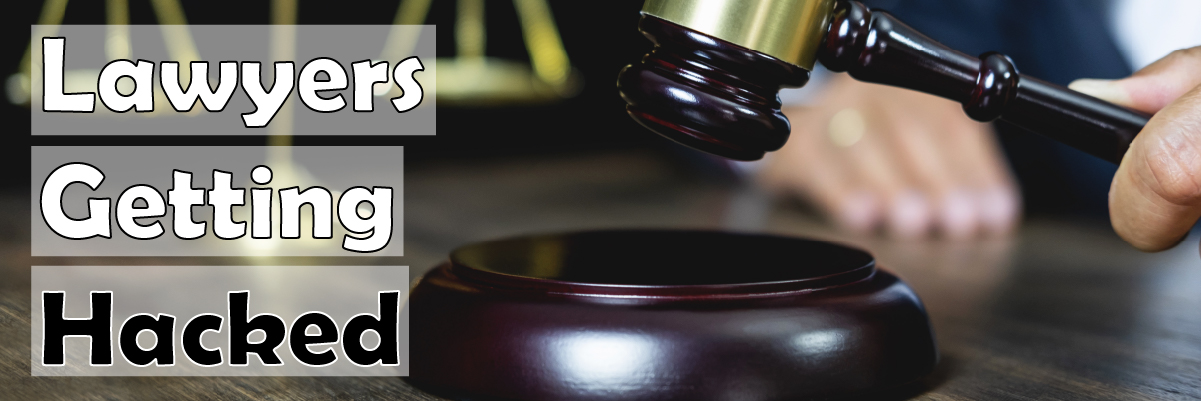
 Law Firms as Critical Infrastructure
Law Firms as Critical Infrastructure
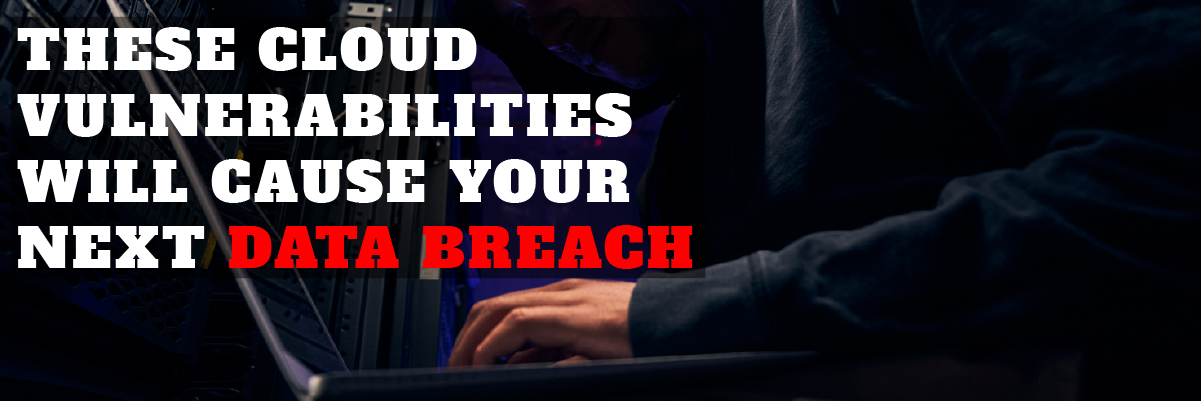
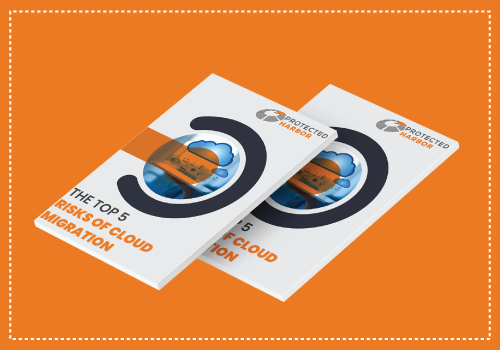 Lack of Multi-factor Authentication for Privileged Users
Lack of Multi-factor Authentication for Privileged Users

 Microsoft tweeted that it had determined the downstream effects of Teams integration on several
Microsoft tweeted that it had determined the downstream effects of Teams integration on several 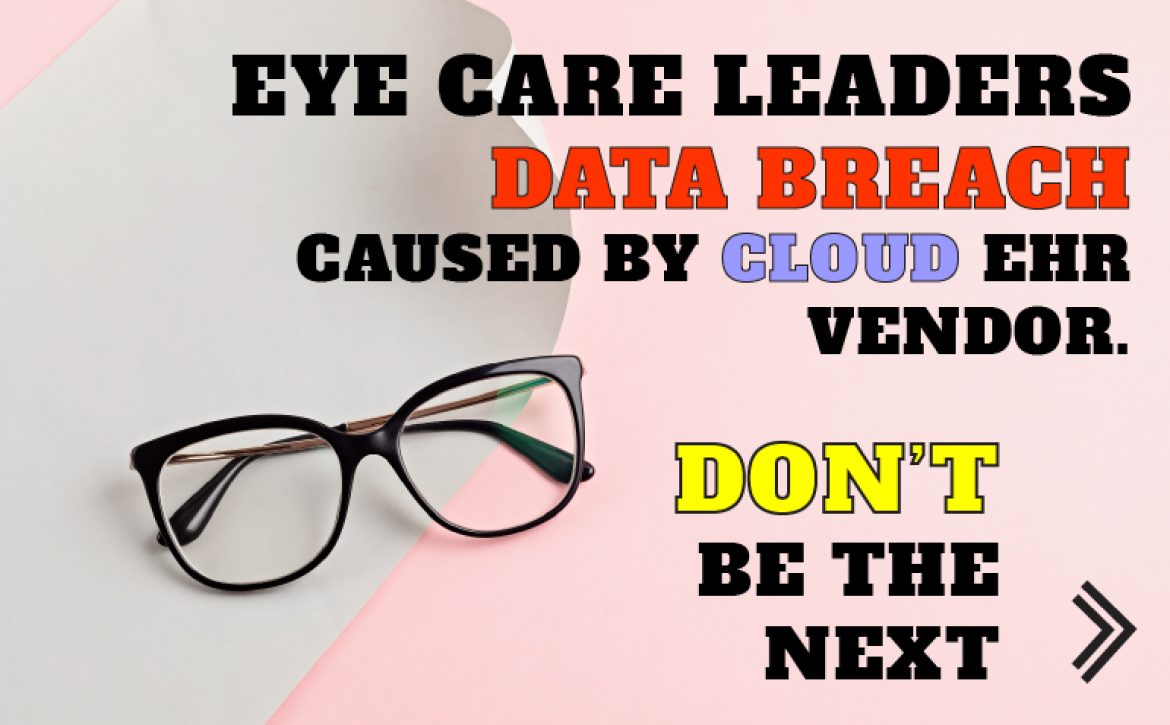

 The databases and system configuration files for Eye Care Leaders, a manufacturer of
The databases and system configuration files for Eye Care Leaders, a manufacturer of  Protected Harbor’s Take On The Matter
Protected Harbor’s Take On The Matter

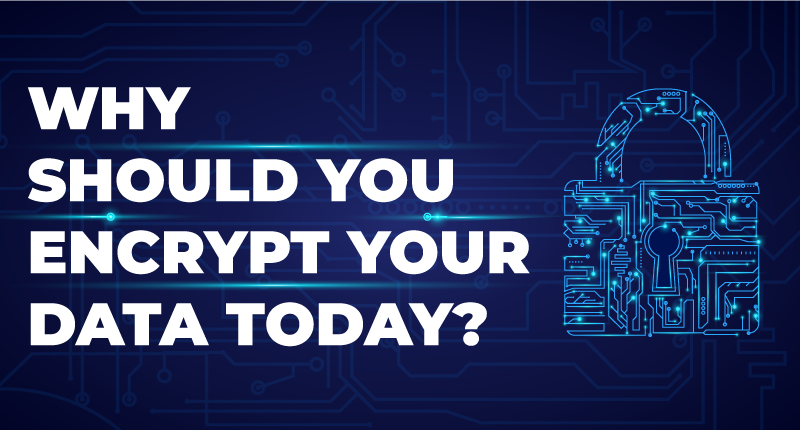 Data security has become a point for convergence with the widespread use of the Internet and the adoption of network applications. The information and data transmitted over the Internet should ensure its integrity, confidentiality, and authenticity. One of the most effective ways to resolve this issue is to leverage advanced encryption techniques. Encryption is one of the most crucial methods to secure data online. It’s a process of converting plain text into ciphertext that is not understood or transformed by unauthorized users. Encryption is a cybersecurity measure protecting sensitive data using unique codes that encrypt data and make it unreadable to intruders. This article will discuss fast-speed symmetric encryption, secure asymmetric encryption, and hash functions. Then we’ll figure out the importance of encryption and how can end-to-end data encryption prohibit data breaches and security attacks.
Data security has become a point for convergence with the widespread use of the Internet and the adoption of network applications. The information and data transmitted over the Internet should ensure its integrity, confidentiality, and authenticity. One of the most effective ways to resolve this issue is to leverage advanced encryption techniques. Encryption is one of the most crucial methods to secure data online. It’s a process of converting plain text into ciphertext that is not understood or transformed by unauthorized users. Encryption is a cybersecurity measure protecting sensitive data using unique codes that encrypt data and make it unreadable to intruders. This article will discuss fast-speed symmetric encryption, secure asymmetric encryption, and hash functions. Then we’ll figure out the importance of encryption and how can end-to-end data encryption prohibit data breaches and security attacks.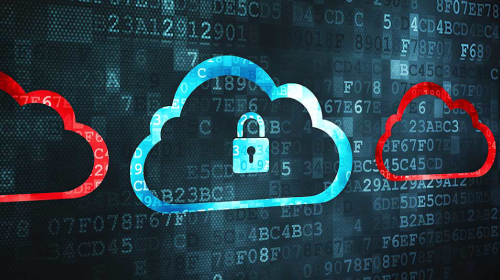 Hash Functions
Hash Functions

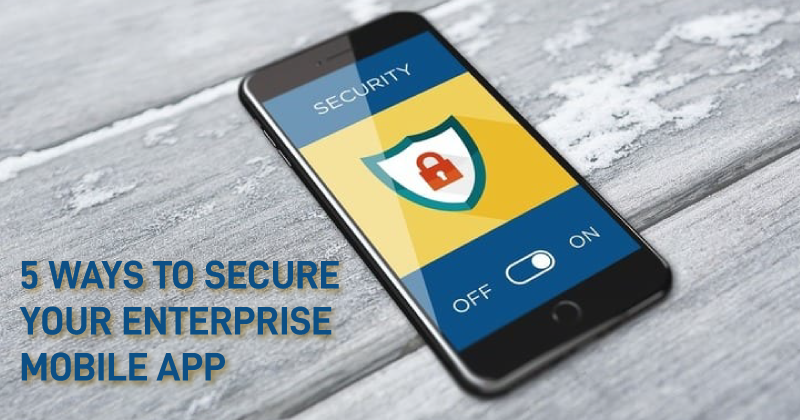 Nowadays, there is a substantial increase in the usage of mobile applications and the exponential growth of internet-connected devices in enterprises. Generally, Enterprise mobile applications foster workers and processes by allowing mobile computing across wireless networks and mobile devices. Enterprise mobile applications are considered emerging technology but can be challenging for organizations.
Nowadays, there is a substantial increase in the usage of mobile applications and the exponential growth of internet-connected devices in enterprises. Generally, Enterprise mobile applications foster workers and processes by allowing mobile computing across wireless networks and mobile devices. Enterprise mobile applications are considered emerging technology but can be challenging for organizations. Many reasons can compromise security in enterprise mobile applications. Hackers can find loopholes in your application due to the lack of security knowledge in a new language or technology and a small security budget. Here are some common reasons that could allow hackers to get into the application and insecure your organization and your user’s data.
Many reasons can compromise security in enterprise mobile applications. Hackers can find loopholes in your application due to the lack of security knowledge in a new language or technology and a small security budget. Here are some common reasons that could allow hackers to get into the application and insecure your organization and your user’s data.
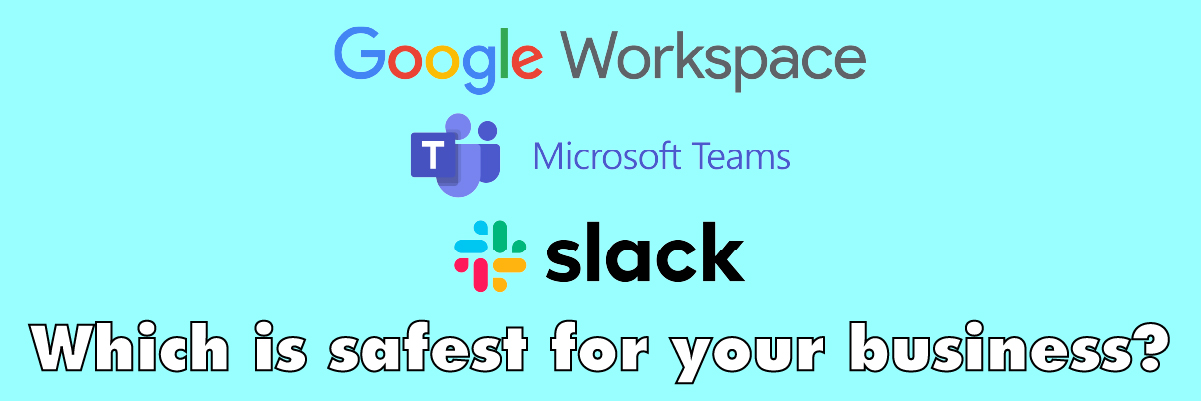
 With the onset of the pandemic and transformation in workplace behaviors, remote work has reached a climax. Many companies face the same question – what is the best collaboration tool for working at home?
With the onset of the pandemic and transformation in workplace behaviors, remote work has reached a climax. Many companies face the same question – what is the best collaboration tool for working at home? 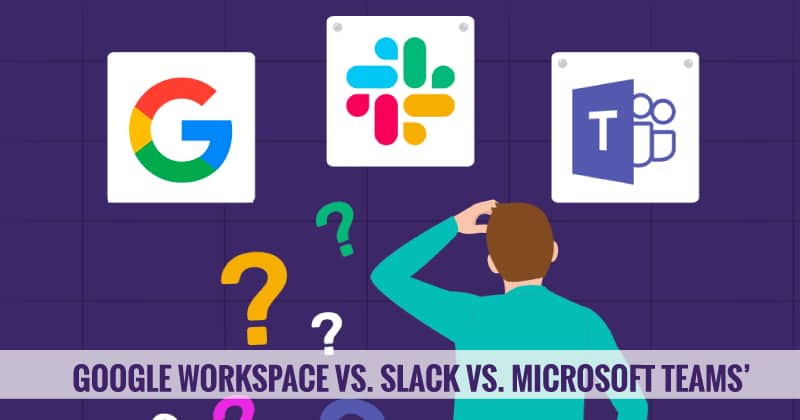 Slack Negative Features
Slack Negative Features
